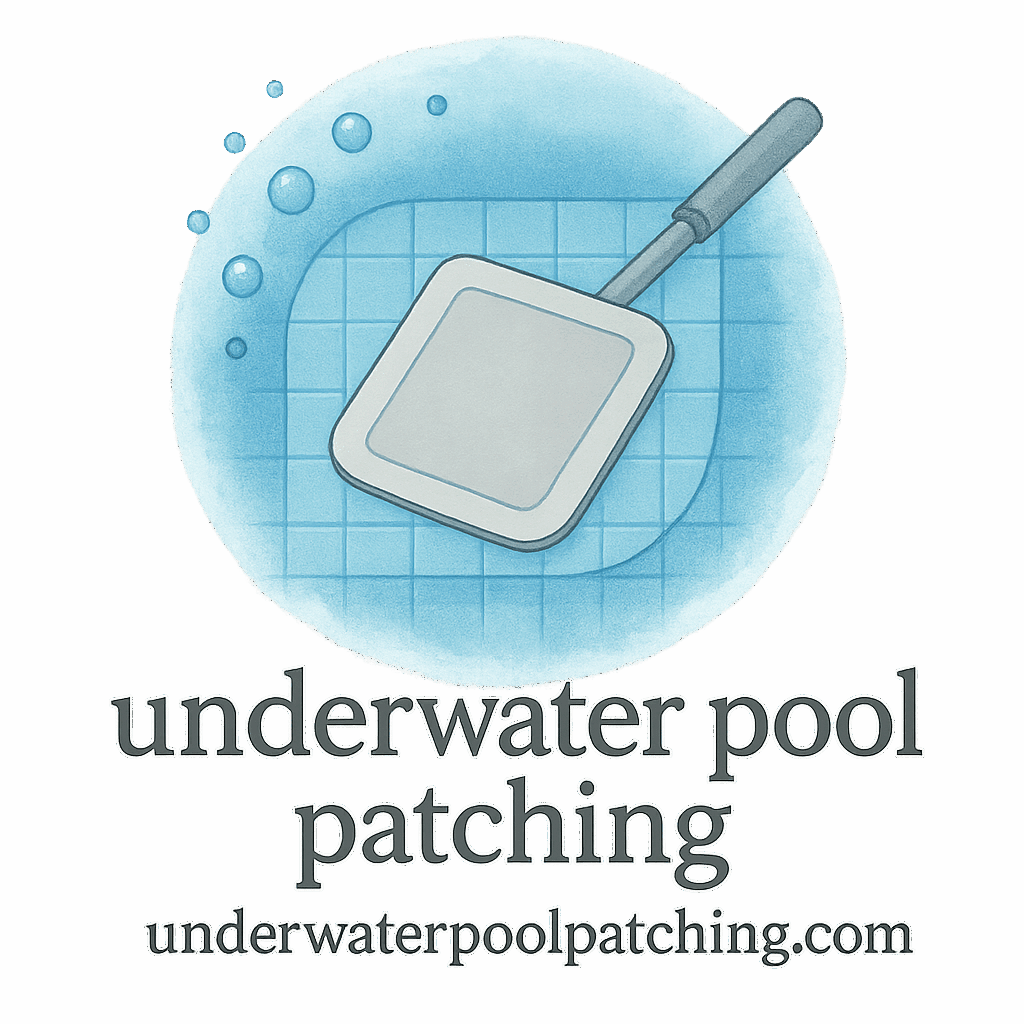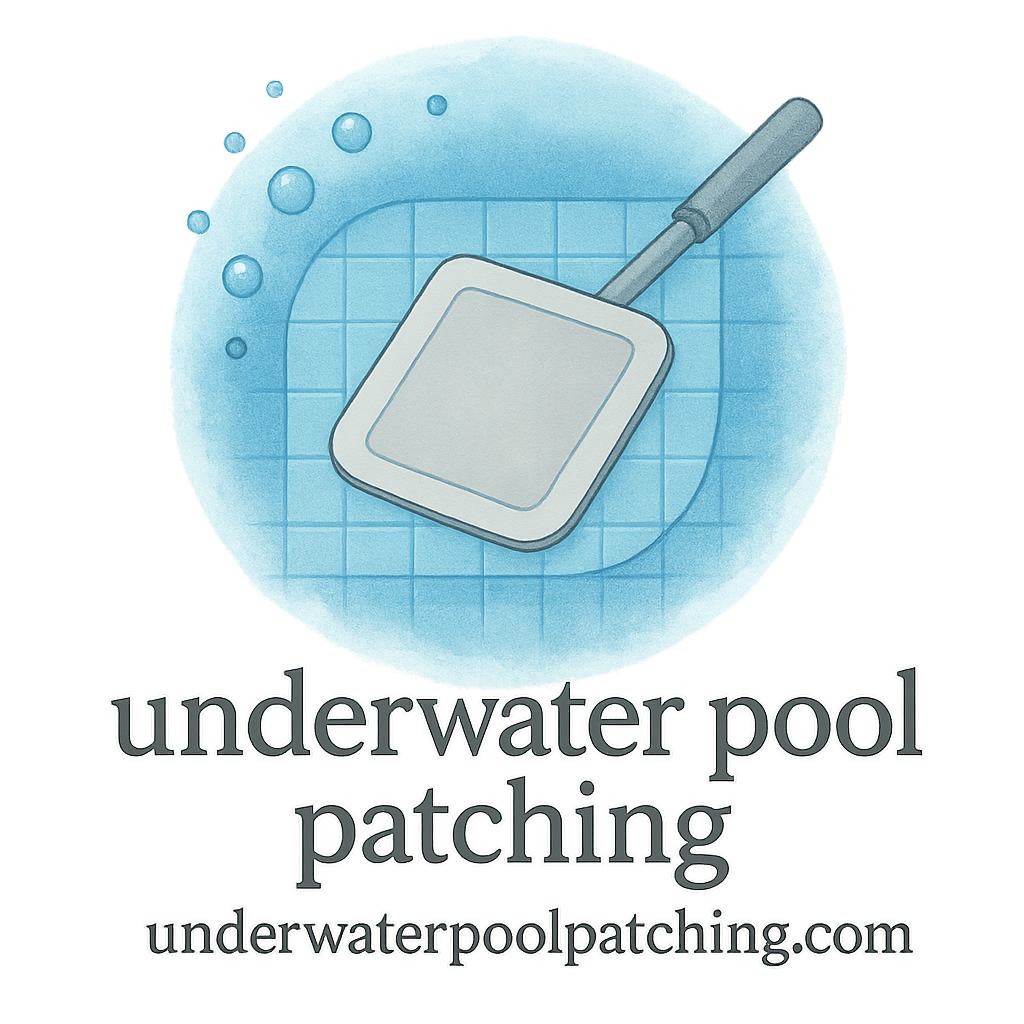Introduction: The Rise of Underwater Pool Drones
Ever wish you could inspect your pool without jumping in with goggles and a flashlight? You’re not alone! Thanks to drone technology, underwater pool inspection is getting a major upgrade—and it’s about time. Whether you’re a homeowner, pool technician, or property manager, underwater drones are making inspections easier, safer, and way more accurate.
Why Use Drones for Underwater Pool Inspection?
Faster and More Accurate Results
Say goodbye to squinting through murky water. Underwater drones provide crystal-clear video and high-resolution imaging. Many of these devices come equipped with 4K cameras, lights, and stabilizers that make underwater visuals sharp and incredibly detailed.
Safety First, Hassles Last
Climbing in and out of pools with fragile gear is risky. With drones, you stay dry while letting the device dive deep. Plus, it reduces the need for manual pressure testing, which can get messy and sometimes even damage your setup.
Cost-Effective in the Long Run
Although drone-based inspections might sound like a luxury, they actually save money over time. You catch small issues—like cracks or leaks—before they become major repairs. And with proper integration into your maintenance plan, you’re set up for long-term savings.
Understanding the Basics of Underwater Drone Technology
How These Drones Work
Underwater drones are basically remote-operated vehicles (ROVs) designed for submerged environments. Controlled via smartphone apps or controllers, they’re equipped with cameras, sensors, and propellers for precise movement.
Key Features to Look For
- HD/4K camera
- LED lighting
- Depth and pressure sensors
- GPS or tethered navigation
- Battery life of at least 1 hour
1. Blueye Pioneer Underwater Drone
Specs and Highlights
The Blueye Pioneer is designed with professional-grade components, offering a 1080p camera, depth rating of 150 meters, and strong maneuverability. Its real-time streaming capabilities make it ideal for live inspections.
When to Use It
Perfect for in-depth diagnosis of cracks or holes in larger pools. Connect this with your inspection and diagnosis routine to spot early signs of wear.
2. QYSEA FIFISH V6 Expert
Features That Stand Out
This bad boy offers 4K UHD video, 360-degree movement, and a battery life of 6 hours. Its VR control feature lets you “look around” in real-time.
Perfect for Pool Leak Detection
If you’re aiming to tackle leak detection head-on, this tool should be on your radar. Combine it with guidance from tag/leak-detection to seal up trouble before it costs you big.
3. Chasing M2 ROV
Performance Overview
Equipped with eight vectored thrusters and 4K camera support, the Chasing M2 offers incredible stability and control even in narrow or complex pool layouts.
Smart Inspection Use-Cases
Ideal for complex setups, like pools with intricate tile work or custom installations. Great for identifying hard-to-spot issues and evaluating edge finish problems, making it a handy tool if you’re exploring edge finishing solutions.

4. Gladius Mini
Budget-Friendly Yet Capable
Don’t let the price fool you. The Gladius Mini still delivers 4K imaging, depth hold, and 5-thruster design, making it perfect for regular use.
Ideal for Routine Checks
Want a drone for everyday routine inspections? The Gladius Mini fits the bill and your budget. Use it regularly to avoid major headaches and ensure early patching needs are identified on time.
5. Geneinno T1 Pro
Advanced Imaging and Tools
The Geneinno T1 Pro boasts a robotic arm for sample collection or tool attachment. With up to 150-meter diving ability and UHD capture, it’s a high-end option for professionals.
Best Use Scenarios
If you’re serious about repair techniques, this drone offers everything you need. From epoxy application to inspecting patch life, the T1 Pro is a powerhouse.
Integrating Drones into Your Pool Maintenance Plan
Step-by-Step Inspection Tips
- Start at the deep end
- Use grid patterns for thorough coverage
- Save footage for before/after comparisons
- Sync findings with your maintenance plan
Common Problems Spotted by Drones
- Tile cracks
- Leaks around drains
- Loose or missing plaster
- Debris buildup in hard-to-reach spots
Drone Tools vs Traditional Inspection Methods
Speed and Efficiency Comparison
Traditional inspections can take hours. Drones? They wrap up a detailed inspection in 30-60 minutes. That’s a major win in both time and labor.
What About Accuracy?
Thanks to digital stabilization and AI enhancements, drones now outperform manual inspections in terms of clarity and scope. Combine with a solid diagnosis process and you’ve got a reliable toolkit.
Choosing the Right Underwater Drone for Your Needs
Pool Size Matters
For larger pools or commercial settings, go for drones with longer battery life and greater depth capabilities—think Blueye or Geneinno.
Budget Considerations
On a tight budget? Consider the Gladius Mini and check out resources under budget planning and cost-saving tips.
Budgeting and Cost Breakdown
Upfront Costs vs Savings
Initial drone costs can range from $700 to $3000+. But consider the money saved on professional inspections, unnecessary repairs, and downtime. Resources like cost budgeting help break it all down.
How to Maximize ROI
- Share inspections with neighbors or clients
- Offer third-party drone inspections as a service
- Subscribe to maintenance services and drone update alerts
Tips for Maintaining Your Underwater Drone
Cleaning and Storage
Rinse after each use. Store in a dry, padded case. Salt or chemical build-up can reduce lifespan and affect performance.
Software Updates and Calibration
Keep your firmware fresh. Manufacturers roll out improvements that can enhance everything from camera quality to maneuverability.
Conclusion
So there you have it—5 drone-based tools that can totally transform your pool inspection game. Whether you’re after high-tech gear or a budget-friendly solution, there’s something out there that fits your needs. Plus, combining drone inspections with professional patching techniques ensures your pool stays in tip-top shape all year long. Think of it like having a pool-savvy submarine right in your toolkit. Not bad, right?
FAQs
1. Are underwater pool drones hard to operate?
Not at all! Most come with smartphone apps or simple controllers. It’s like playing a video game—just wetter.
2. Can drones detect pool leaks accurately?
Yes! Especially models like the FIFISH V6 Expert that are designed with leak detection in mind.
3. How often should I inspect my pool with a drone?
At least once every 3 months. Tie it into your routine maintenance checklist.
4. Do I need special training to use a drone for pool inspections?
Not necessarily. But reviewing guides and manufacturer videos helps a ton—practice makes perfect.
5. Are there subscription services for drone inspections?
Yes! Many offer service packages or subscription-based inspections tailored to homeowners or pool service businesses.
6. Can drones inspect repairs after patching is done?
Absolutely. Use them to check for smoothing and restoration quality post-repair.
7. Where can I learn more about drone-supported pool maintenance?
You can explore guides on Underwater Pool Patching and related topics like patch materials, money-saving, and repair methods.


